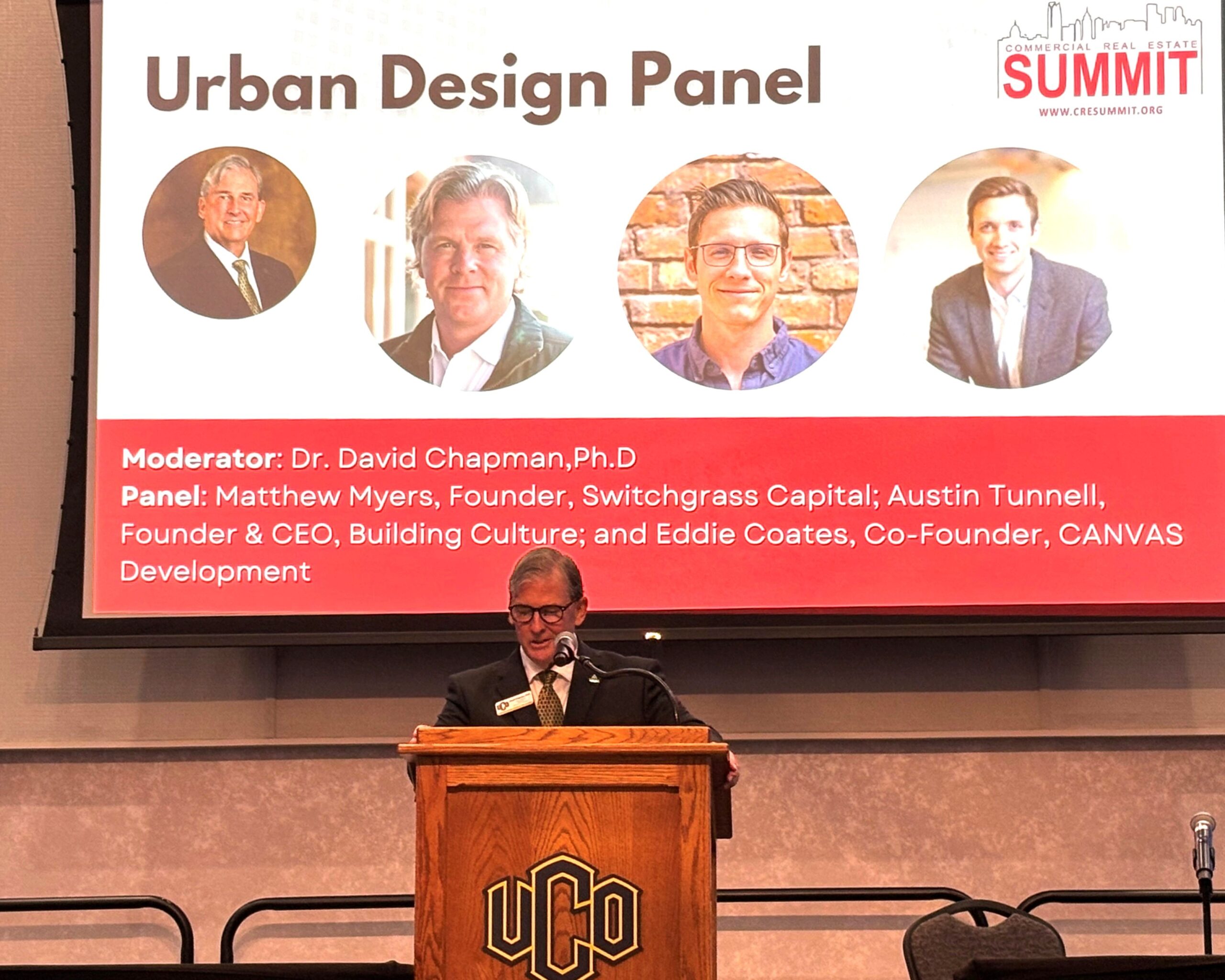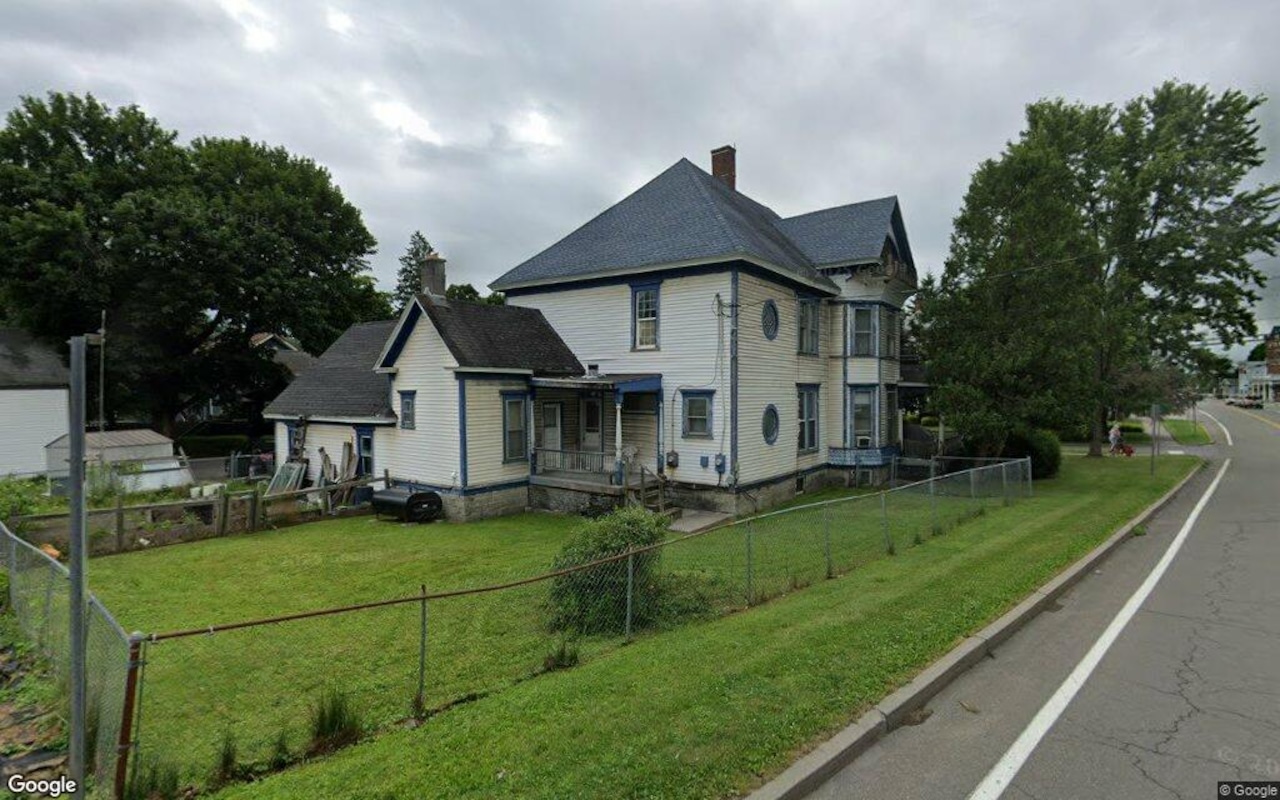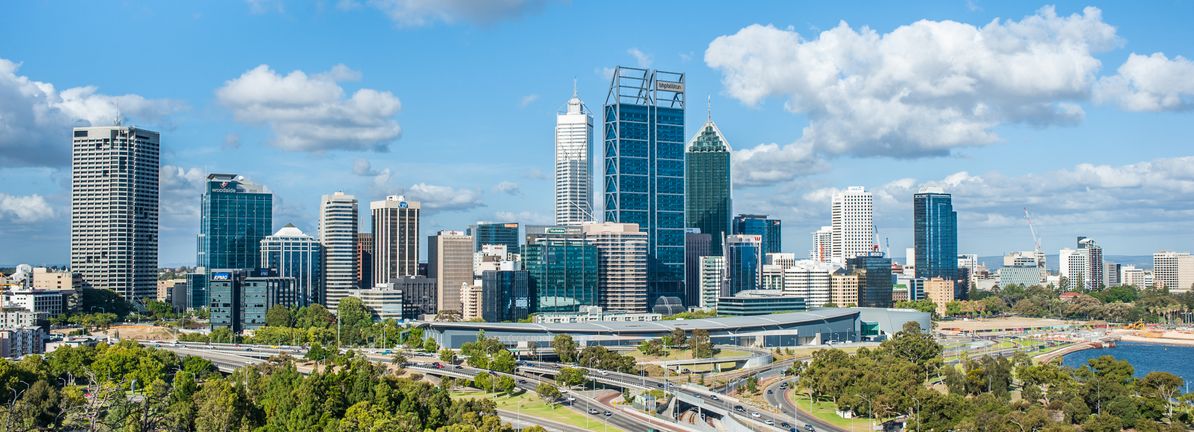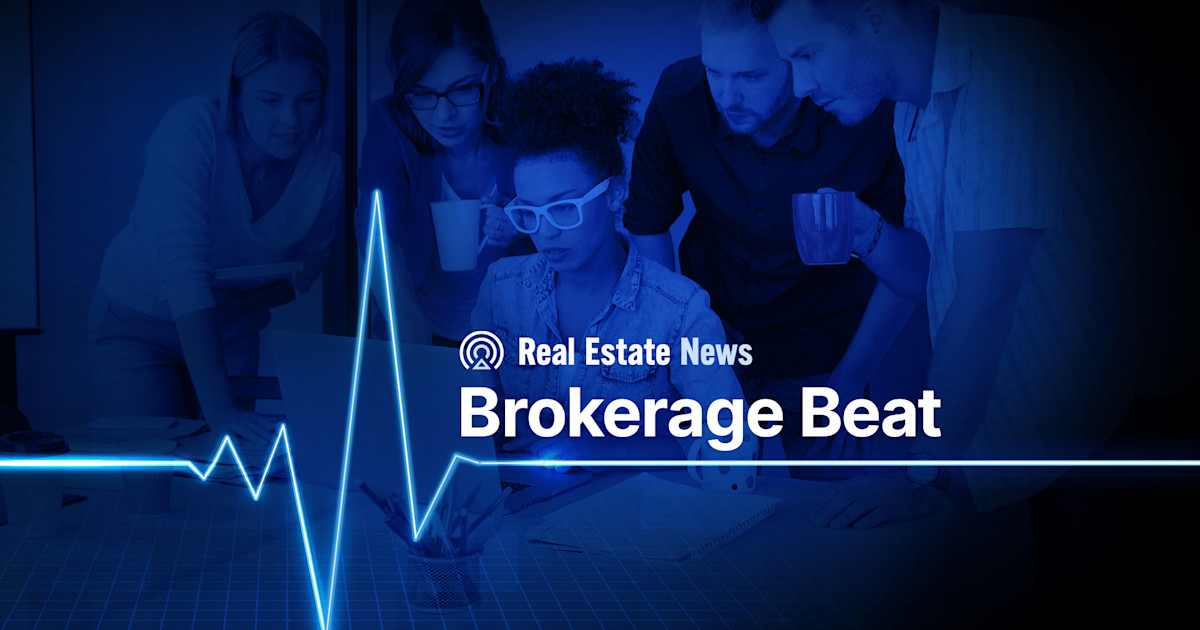A
t the 2025 Commercial Real Estate Summit, panelists stressed that building resilient communities in Edmond demands patience and long‑term financial allies. Austin Tunnell, CEO of Building Culture, described the built environment as a human habitat and urged for options that foster thriving populations.
Tunnell and Switchgrass Capital founder Matthew Myers are collaborating on The Townsend, a mixed‑use development on a one‑acre block south of Sprouts in downtown Edmond. The project will feature 18 townhomes, two live‑work lofts, and 10,000 sq ft of commercial, co‑working and micro‑retail space. Myers is also developing The Ember, a pocket neighborhood of 23 single‑ to three‑bedroom homes at Ninth Street and Boulevard.
These infill projects often take longer than conventional developments, but the partners argue the extra time yields lasting value. Myers explained the tension between high‑quality construction and the “merchant build” model that prioritizes speed and cost to maximize IRR. “We aim for projects that endure,” he said.
Canvas Architecture & Development co‑founder Eddie Coates highlighted the importance of aligning with capital partners who share a vision beyond immediate returns. He warned that outside investors focused solely on harvesting profits can lead to negative outcomes for communities. “A scorecard that values only financial return often neglects the broader impact,” Coates noted.
For Myers, local equity and debt partners are crucial. “Residents of Edmond who understand the area’s culture and long‑term needs make the best partners,” he said. He added that non‑local investors may lack the commitment to create a place that will look good in 50 years.
Tunnell, who arrived in Oklahoma City in 2020, struggled to build a local network but leveraged his social‑media following to attract supporters and raise capital. “There are many people eager to help build something good,” he said.
Beyond financing, Myers cited challenges working with city staff, noting that many codes are designed for suburban contexts and do not accommodate the denser, walkable designs of infill projects. Coates echoed this, pointing to regulatory hurdles that impede denser development. He mentioned recent state legislation in Texas and Tennessee that could open doors for better community building and expressed hope to influence local policy.
In summary, the summit underscored that patience, local partnership, and regulatory reform are essential for successful urban infill projects like The Townsend and The Ember, which aim to meet growing demand for compact, vibrant communities in Edmond.













